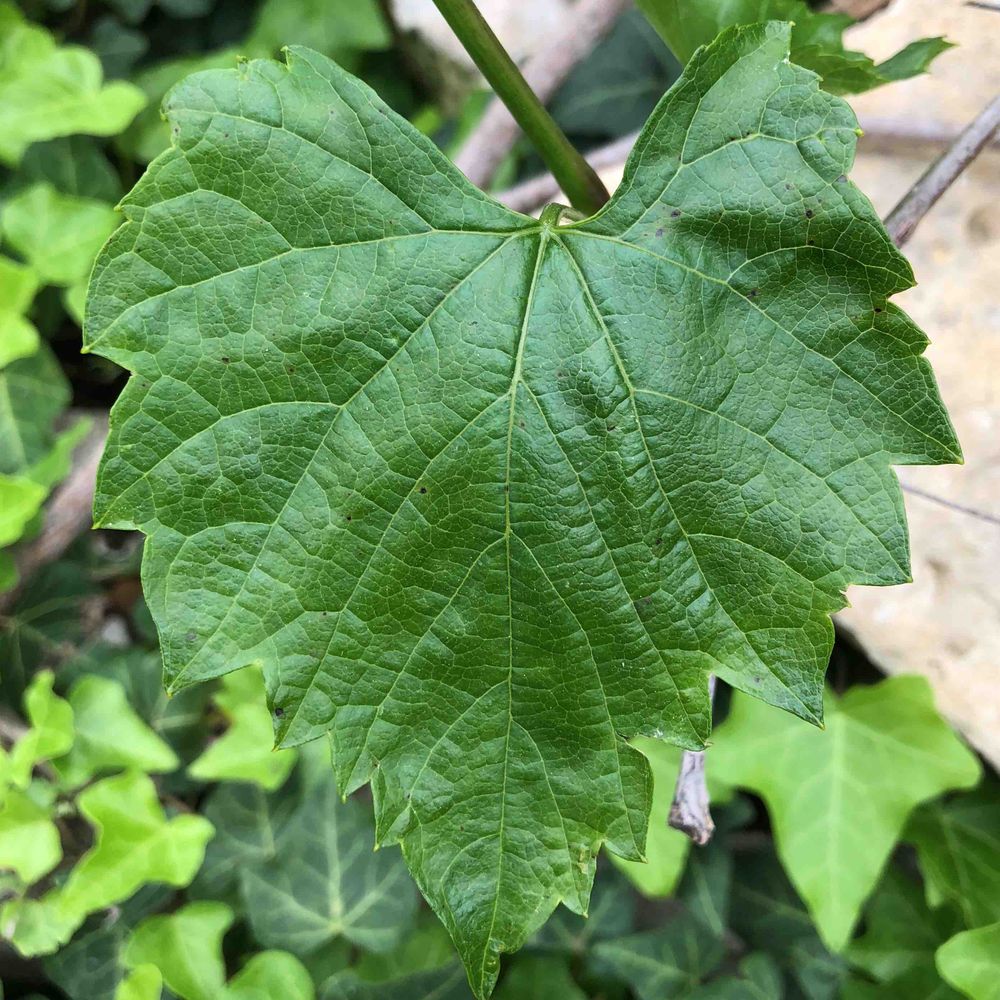Grapevines
(Vitis)

Description
Vitis is a genus of flowering plants belonging to the family Vitaceae, commonly known as the grapevine. The genus includes around 60 to 70 species of deciduous vines, shrubs, and lianas. They are widely cultivated for their fruit, which is used to produce wine, raisins, and table grapes. This article will provide a detailed overview of the Vitis genus, including its physical characteristics, habitat, cultivation, and uses. Physical Characteristics: The Vitis genus comprises mostly woody plants that can grow up to 35 meters in height. The leaves are alternate, palmately lobed or compound, and have toothed margins. They are often cordate at the base and have a petiole that is usually longer than the blade. The flowers are small, greenish-yellow, and appear in clusters. They are dioecious, meaning that the male and female flowers are borne on separate plants. The fruit is a berry that is usually spherical or ovoid, ranging in color from green to yellow, pink, purple, or black, depending on the species. Habitat: The Vitis genus is native to the temperate and subtropical regions of the Northern Hemisphere. They are found in a wide range of habitats, including woodlands, grasslands, deserts, and wetlands. Some species are adapted to dry, arid climates, while others thrive in moist, well-drained soils. The grapevine is an important component of many ecosystems, providing food and shelter for a variety of animals, including birds, mammals, and insects. Cultivation: Vitis species are widely cultivated for their fruit, primarily grapes, which are used to produce wine, juice, jam, and jelly. They are also grown for ornamental purposes, as their colorful foliage and attractive fruit clusters make them popular landscape plants. The cultivation of grapes is a major industry worldwide, with millions of hectares of land devoted to grape production. The most commonly grown grape species is Vitis vinifera, which is native to the Mediterranean region but is now cultivated in many parts of the world. Grapevine cultivation requires a suitable climate, well-drained soil, and adequate water supply. The vines are typically trained on trellises or arbors to support their weight and facilitate harvesting. They require regular pruning to promote fruit production and to control the growth of the plant. Grapevines are susceptible to a variety of pests and diseases, including powdery mildew, downy mildew, and phylloxera. Integrated pest management practices, including the use of natural predators and resistant cultivars, can help to minimize these problems. Uses: The grapevine has been used for centuries for its fruit, which is not only delicious but also rich in nutrients. Grapes contain vitamins C and K, antioxidants, and other beneficial compounds that may help to reduce the risk of chronic diseases such as heart disease, diabetes, and cancer. In addition to their nutritional value, grapes are also used to make wine, one of the oldest and most popular alcoholic beverages in the world. Wine is produced by fermenting grape juice, which is then aged in barrels to develop its flavor and aroma. Other products made from grapes include raisins, which are dried grapes, and grape juice, which can be used as a natural sweetener. Conclusion: The Vitis genus includes a diverse group of plants that are not only beautiful but also important for their economic and ecological value. Grapevines are cultivated worldwide for their fruit, which is used to produce wine, juice, and other products. They are also grown for ornamental purposes, providing colorful foliage and fruit clusters that enhance the landscape. As with any plant, grapevines require proper care and management to ensure their health and productivity.
Taxonomic tree:







